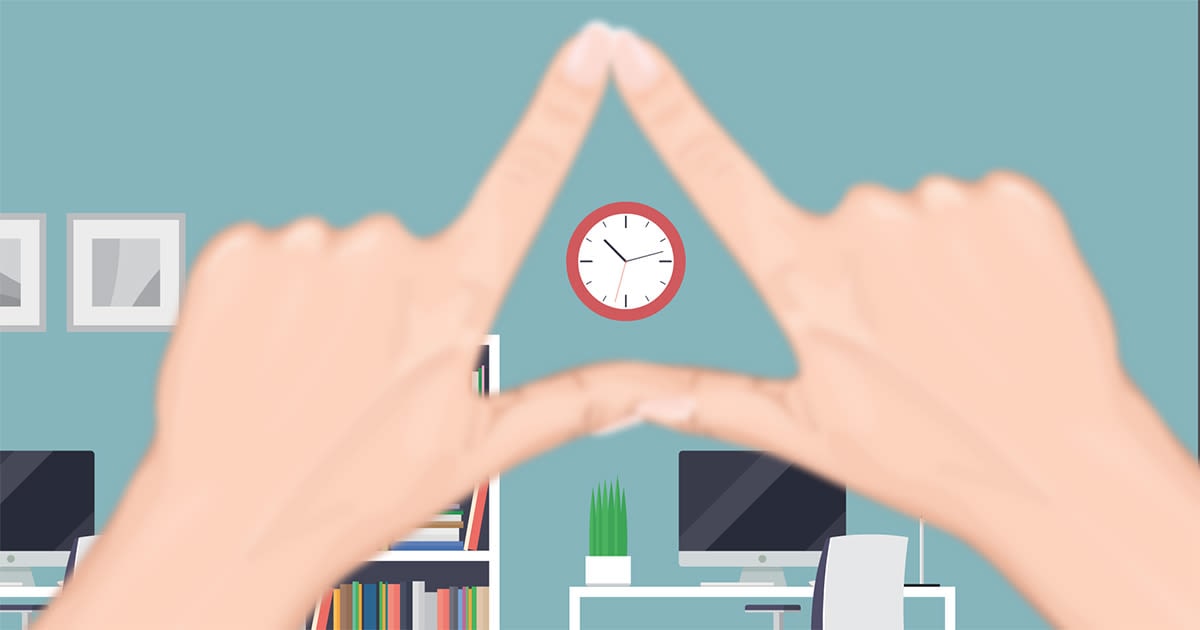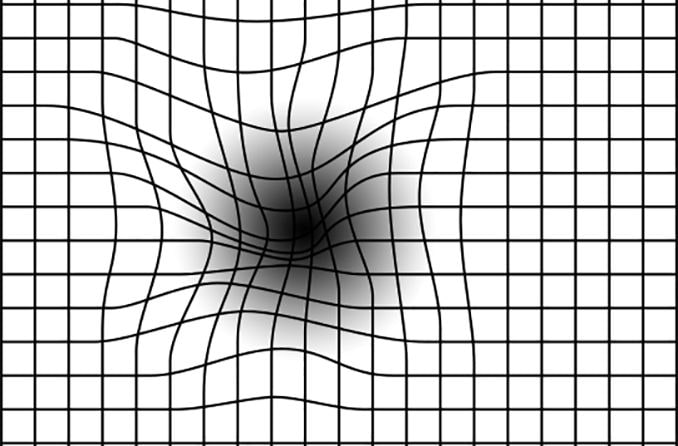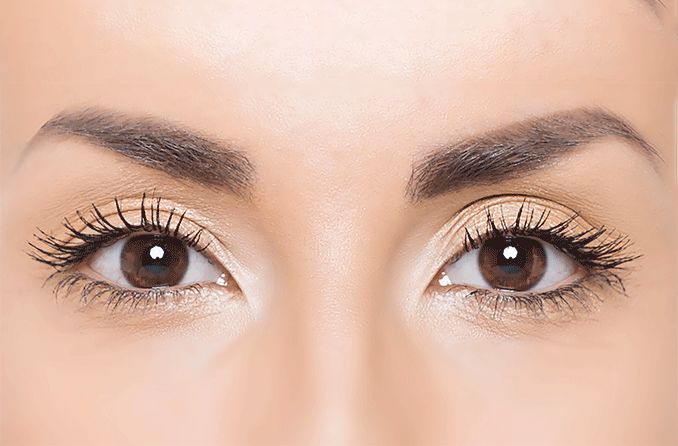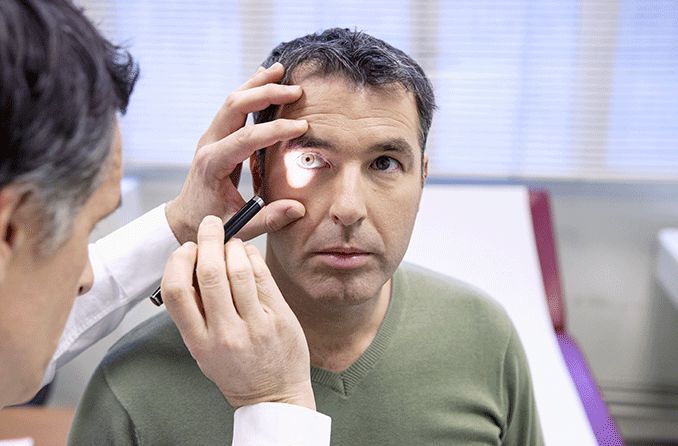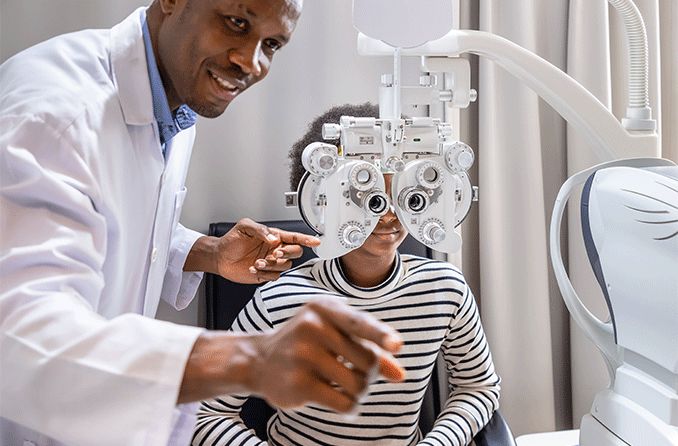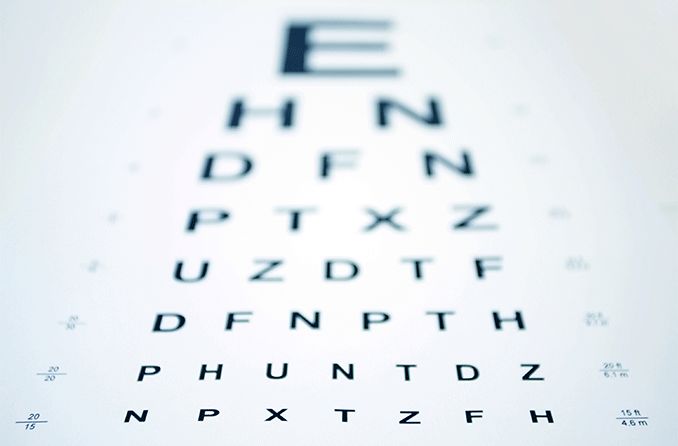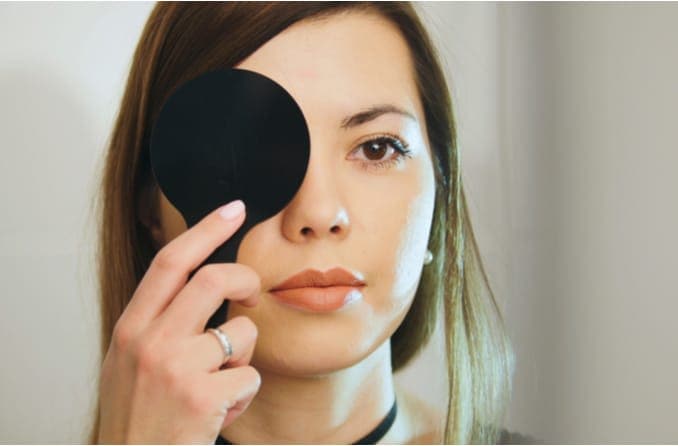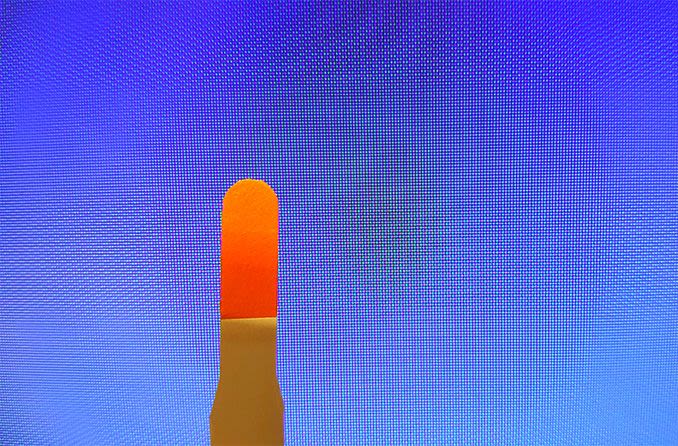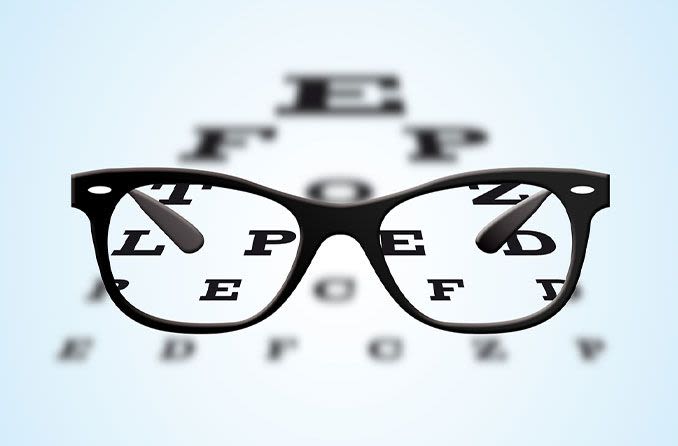Dominant eye in shooting, photography and sports
So what’s the practical importance of performing a dominant eye test?
Knowing which eye is your dominant eye can help you perform better in a variety of activities. Here are a few common examples:
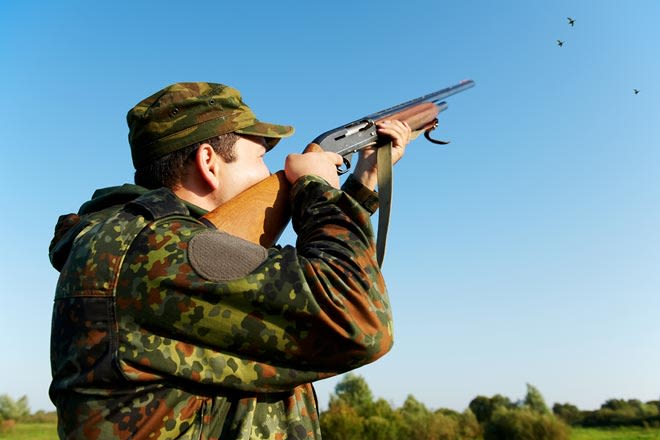
If you are right-handed but your dominant eye is your left eye, this cross-dominance can pose challenges for shooting accuracy.
Dominant eye in shooting
Having trouble hitting moving targets with your rifle? It could be that you have crossed dominance. This means your dominant eye and dominant hand are on opposite sides of your body.
For example, if you are a right-handed (and therefore right-shouldered) shooter but have a dominant left eye, you may find yourself shooting behind a left-to-right moving target and in front of a right-to-left moving target. Being aware of this will help you make the correct adjustments to improve your shooting accuracy.
Another option to compensate for cross-dominance is to keep both eyes open until just before you take your shot. Keeping both eyes open enables you to use 100% of your peripheral vision and depth perception to get ready for the shot. Closing your cross-dominant left eye just before the shot lets you make the last-second adjustment to better align the barrel of your rifle with the moving target.
Dominant eye in photography
Knowing which eye is your dominant eye is important when composing a photograph by looking through the viewfinder of a digital single lens reflex (DSLR) camera or similar film camera.
Using your dominant eye will give you an accurate preview of the actual shot. Using your non-dominant eye will cause certain details to be slightly displaced laterally or off-frame.
Dominant eye in sports
If (like most people) you’re right-handed and have a dominant right eye, certain sports will require you to position your head properly. This will enable you to take full advantage of your dominant eye.
For example, in baseball or softball, you need to turn your head enough when batting so your dominant right eye can see the rotation, speed and position of the approaching pitch. The same is true for cricket.
Another example is golf. Proper alignment of putts (and even fairway shots and drives) requires adequate head turns. This is vital to fully use your dominant right eye to visualize the shot you’re about to take. It's also important to accurately position your body and club head to achieve it.
If you are serious about sports and are looking for guidance on how to best use your eyes to enhance sports performance, consider visiting an eye doctor who specializes in sports vision.
